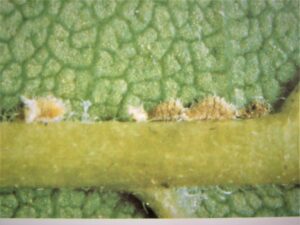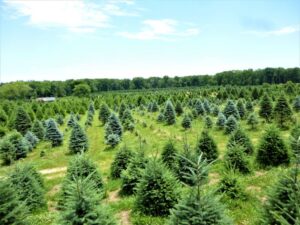The USDA Grain Transportation Report is a weekly publication from the Agricultural Marketing Service. The weekly highlights cover snapshots by sector for Export Sales, Truck, Rail, Barge, and Ocean movements.
Past reports provide a snapshot of production costs and grain delivery to ports, and how grains were ‘moving’ along in the system. These reports are useful for penciling out capital risk. For example:
October 8, 2015 report: National diesel fuel price $2.49
- page 2, feature article: The importance of China to Grain Transportation and Logistics.
- page 4, current transportation issues: slow demand for barge services. No significant rail disruptions.
- page 4, grain transportation cost indicators: Using a base year 2000 = 100 value (biweekly value shown)
- truck 165
- rail 255
- barge 359
- gulf 147
- pacific 126
- page 13, barge movements, all commodities nearly all above three year trend since July.
- to learn more about weather factors affecting the river barge prices see https://www.vicksburgpost.com/2015/07/17/historic-heights-mississippi-river-nears-record-summer-levels/
October 25, 2022 report: National diesel fuel price $5.34
- page 2, feature article: Using inspection data and services metrics to analyze grain rail exports.
- page 4, grain transportation cost indicators: using a base year 2000 = 100 value (biweekly value shown)
- truck 358
- rail 332
- barge 1112
- gulf 284
- pacific 262
- page 12, barge movements, all commodities nearly all below three year trend since July.
- To learn more about weather factors affecting the river barge prices, see https://www.accuweather.com/en/business/mississippi-river-nears-record-low-water-level/1262305
For more indepth reading on these reports and more, see the website: https://www.ams.usda.gov/services/transportation-analysis/gtr-datasets



